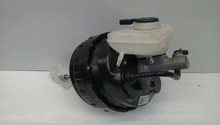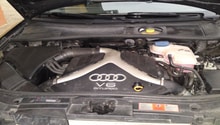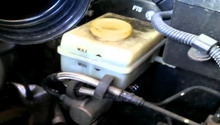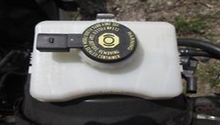Audi A6 C5: Why is the Brake Pedal Hard?
A hard brake pedal in the Audi A6 can be cause by one of three things, read on to learn how to diagnose it.
This article applies to the Audi A6 C5 (2004-2011).
The brake system on the Audi A6 uses engine vacuum to lessen the effort on the pedal. If your car has a stiff or hard brake pedal, the power vacuum assist is likely not working because one of three reasons. Before going to the dealership, where diagnostics alone can cost you hundreds of dollars, read this guide to diagnose the issue yourself. The two of the most likely problems can be fixed in no time, with very little money.

Material Needed
- Flat head screwdriver
Step 1 – Check brake booster's line
It could be leaking air.
Once the brake booster's line wears or cracks, it creates a vacuum leak, so the power brake booster doesn't get the vacuum it needs to help you apply the brakes. Visually inspect the line going into the brake booster. Make sure it has no wears or cracks. You can also listen carefully for a hissing noise with the motor running. If the brake booster's line is old, it should be replaced anyway, and if you stop the leak, your brake pedal should feel normal again.
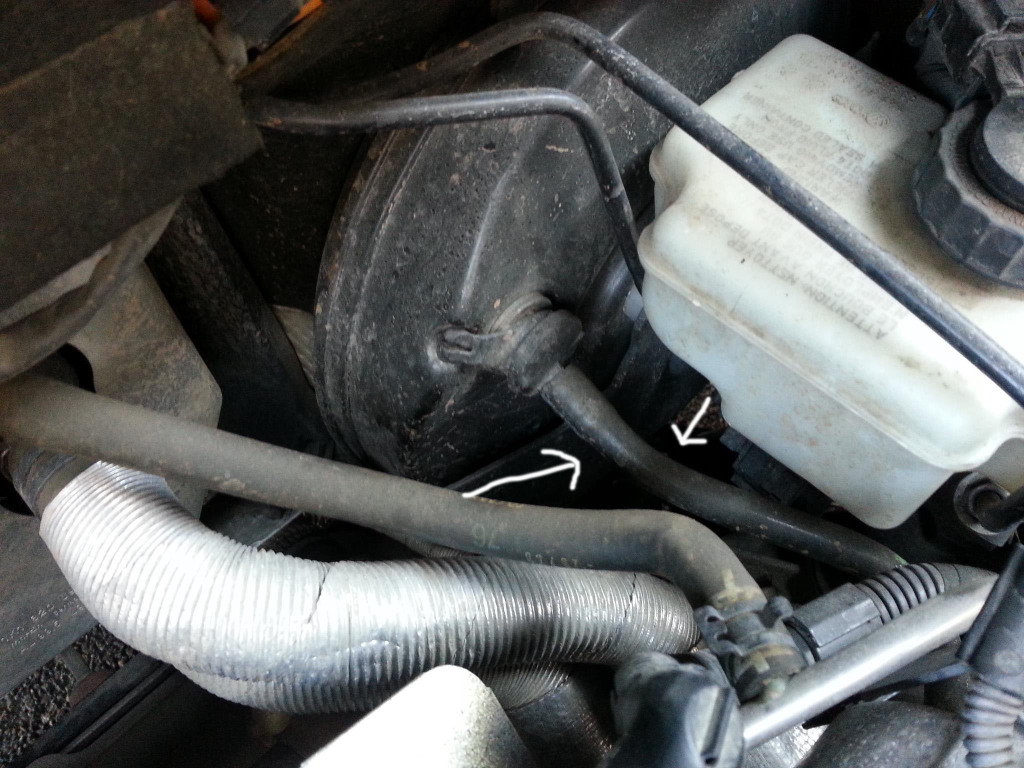
If the brake booster line is in a good condition, proceed to Step 2.
Step 2 – Test the check valve
It could be faulty.
The little brake booster check valve is a small plastic device and often overlooked. The check valve only allows air to pass in one direction, so when the motor produces high vacuum, it powers the brake booster, but at low vacuum, the booster still works. To check it for proper function, slide the hose clamp off, then remove the two hoses from each of its sides. Blow into the side that the hose coming from the booster connects to and air should go through. Blow into the other side and the valve should not allow air through. These valves are cheap, and made of plastic, so replacing it is the only option, it cannot be repaired.
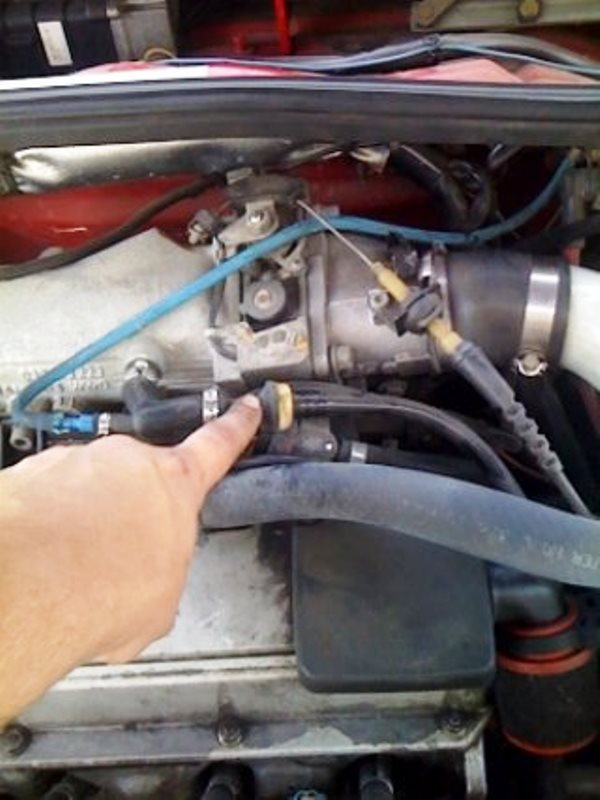
If the check valve is operable, proceed to Step 3.
Step 3 – Check brake booster
It could be faulty.
A failed brake booster is the last reason why your brake pedal is hard, and it is the most expensive to fix. There is a simple way you can check its operation yourself.
- Pump the brake pedal several time with the engine off, then keep it slightly pressed down.
- Start your car with your foot on the brake.
- If the brake pedal goes down some, then you have a good brake booster.
- If the brake pedal stays the same, chances are the booster is bad.

Related Discussions
- Booster Line - AudiWorld
- Brake Pedal Solution - AudiWorld
- Hard Brake Pedal - AudiWorld


